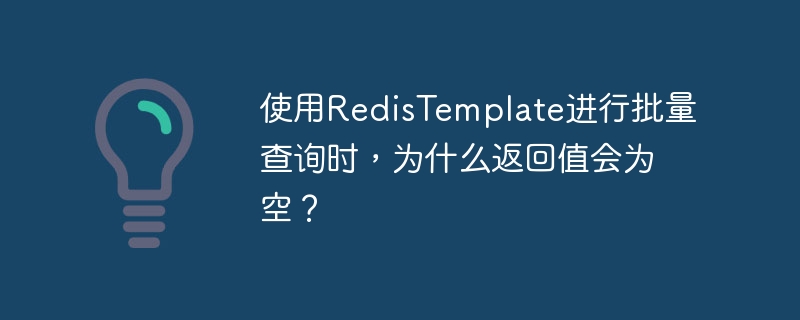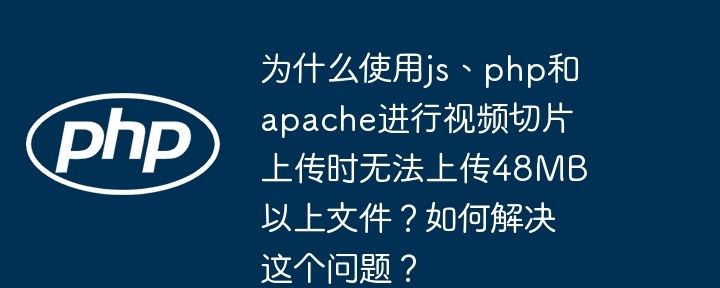
在spring boot應用中,控制器層發起異步任務,Service層使用新線程處理時,常常面臨子線程無法訪問主線程HttpServletRequest對象的問題。這是因為HttpServletRequest與主線程生命周期綁定,子線程無法直接訪問。本文分析此問題,并提供可靠的解決方案。
問題描述:
直接使用InheritableThreadLocal
錯誤示范 (代碼片段):
以下代碼嘗試使用InheritableThreadLocal傳遞HttpServletRequest,但子線程無法獲取正確的用戶信息:
控制器層 (Controller):
@RestController @RequestMapping("/test") public class TestController { private static InheritableThreadLocal<HttpServletRequest> requestHolder = new InheritableThreadLocal<>(); @Autowired private TestService testService; @GetMapping("/check") public void check(HttpServletRequest request) { String userId = request.getHeader("userId"); System.out.println("主線程 userId: " + userId); requestHolder.set(request); new Thread(() -> testService.doSomething()).start(); System.out.println("主線程結束"); } }
服務層 (Service):
@Service public class TestService { public void doSomething() { HttpServletRequest request = requestHolder.get(); String userId = request != null ? request.getHeader("userId") : "null"; System.out.println("子線程 userId: " + userId); } }
解決方案:
避免直接傳遞HttpServletRequest對象。 最佳實踐是從HttpServletRequest中提取必要信息(例如userId),然后將這些信息存儲到InheritableThreadLocal中。
改進后的代碼示例:
控制器層 (Controller):
@RestController @RequestMapping("/test") public class TestController { private static InheritableThreadLocal<String> userIdHolder = new InheritableThreadLocal<>(); @Autowired private TestService testService; @GetMapping("/check") public void check(HttpServletRequest request) { String userId = request.getHeader("userId"); System.out.println("主線程 userId: " + userId); userIdHolder.set(userId); new Thread(() -> testService.doSomething()).start(); System.out.println("主線程結束"); } }
服務層 (Service):
@Service public class TestService { public void doSomething() { String userId = userIdHolder.get(); System.out.println("子線程 userId: " + userId); } }
此改進版本僅傳遞userId,避免了HttpServletRequest對象生命周期的問題,確保子線程能夠可靠地訪問所需數據。 根據實際需求,可以將其他必要信息也存儲到InheritableThreadLocal中。 記住在使用完畢后,及時清除InheritableThreadLocal中的數據,避免內存泄漏。



















